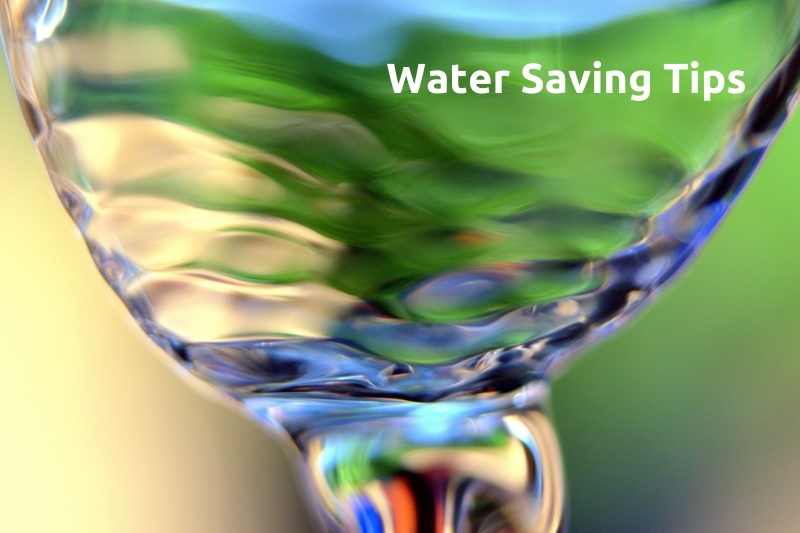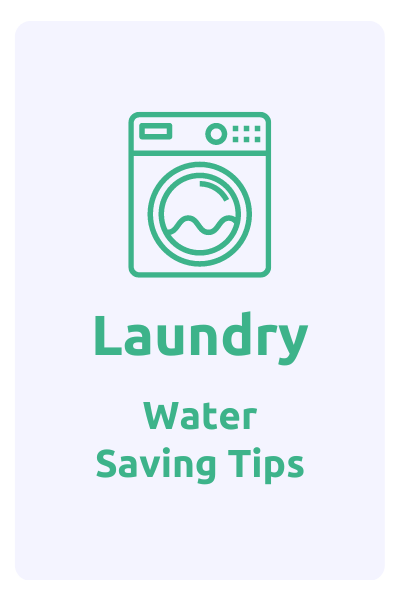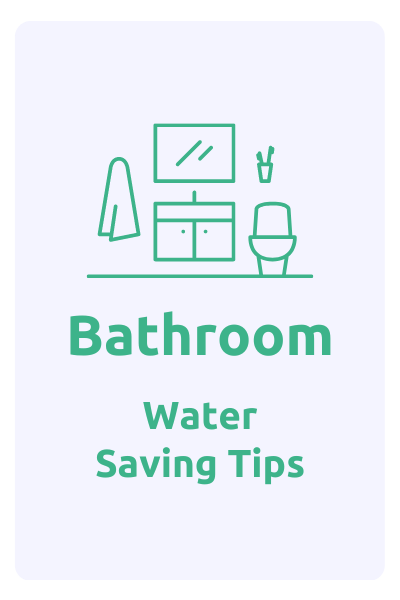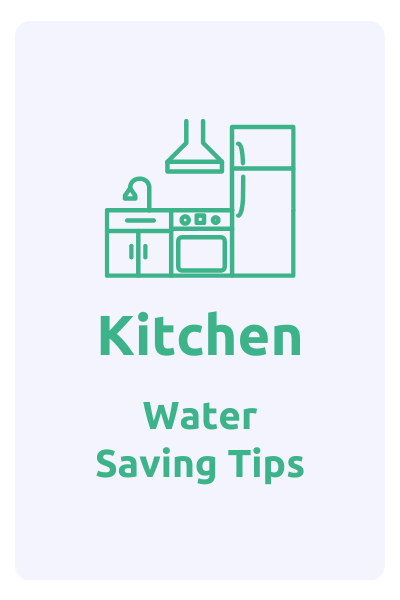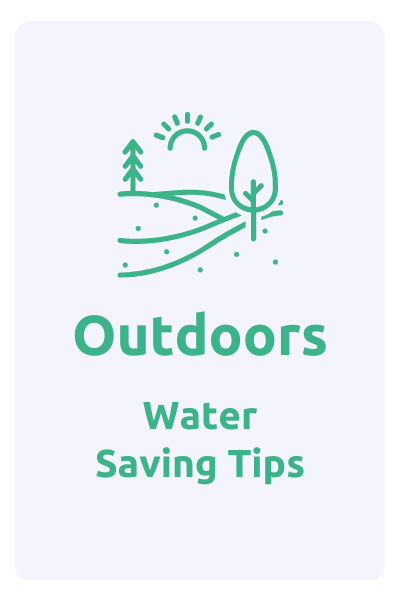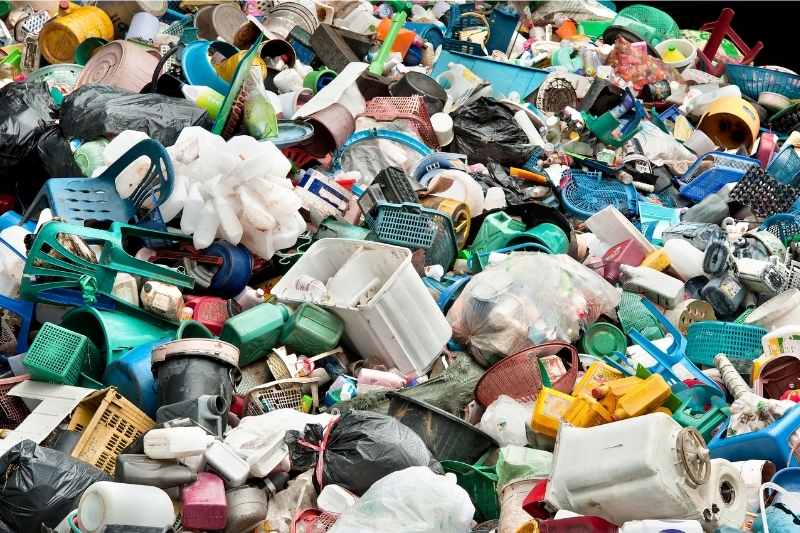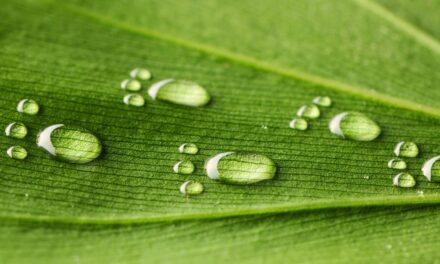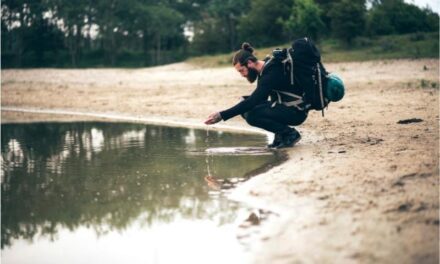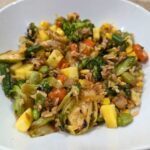Love water? Then save it!
We are utterly dependent on water. There wouldn’t be any life on earth without it, which is one reason to love water. For most of us, water seems so plentiful and readily available that we can neglect to treat water as the precious, life-sustaining resource that it is. Unfortunately, there are nearly 2 billion people who do not have access to safely managed water.
We experience water in many different ways. Water is hydrating and sustaining for all living things. It keeps us cool in the summer, and is fun to experience as snow in the winter. It helps us clean our bodies and our homes. Evening rain showers soothe us to sleep. But water is also a powerful force: floods, riptides, hurricanes, and tsunamis bring destruction in its wake.
Our current climate crisis, along with humanity’s growing demands for water, is exacerbating our global water scarcity problem.
Rising global temperatures are also creating more extreme weather patterns, which bring devastation to coastal and inland areas alike. Now more than ever, we need to understand our current environmental and humanitarian water crisis and combat water’s continued decline.
Show your love and appreciation for water this month with our water-saving tips. As each of us takes action to live more sustainably and in harmony with nature, how can we change our relationship with water? If each of us makes small changes to reduce, recycle, and reuse water, our collective efforts will add up in a big way!
To help you get started, we share water-saving tips for four high water usage areas: Kitchen, Bathroom, Laundry, and Outdoors.
Learn more about the importance of water with these suggested blogs and books:
- OPL Insight: Our Environmental and Humanitarian Water Crisis
- Sustainable Solutions for a Thirsty Planet
- The Hidden Water Footprint of Everyday Items
- Aquatic Macroinvertebrates are Signallers of Water Quality
- Why are Vernal Pools so Important to Ecology?
- Reducing Plastic For Water’s Sake
- Make Your Own Infused Water
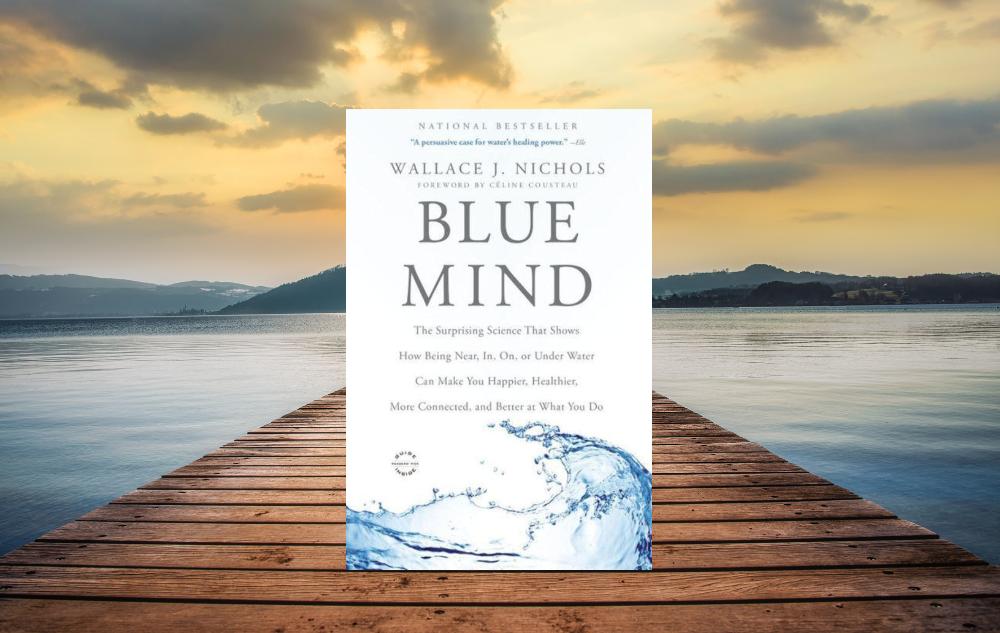
We love water, but do you ever wonder why? We flock to the ocean and lakes to sit quietly, and we love to splash and float in water. We need water daily to survive. “The Blue Mind story seeks to reconnect people to nature in ways that make them feel good and shows them how water can help them become better versions of themselves.” Read more.
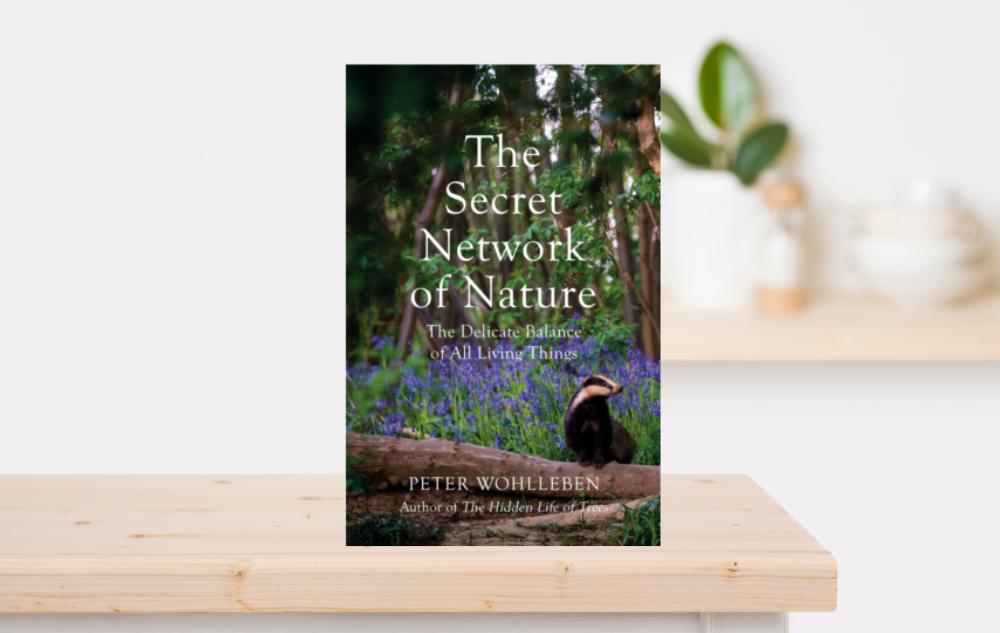
Nature is a connected network of life that we rarely notice. Peter Wohlleben shares many examples of this interconnectedness so we can begin to see nature in all its beautiful complexity. Based on science, he leads us through life cycles where salmon, rivers, and trees support each other. We learn how wolves, bears, and fish need each other in Yellowstone National Park. Read more.
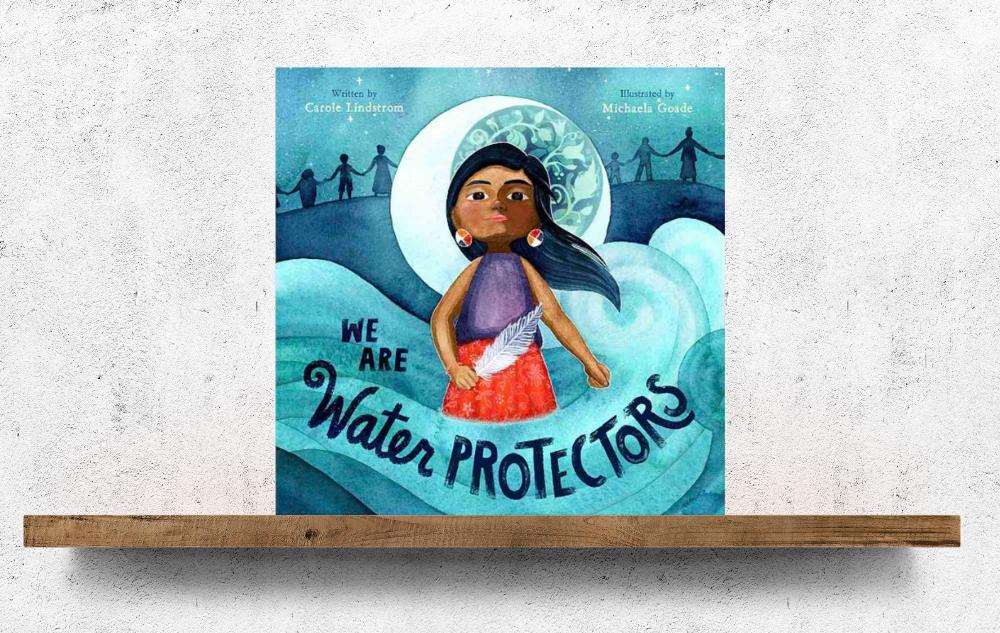
This children’s book, We Are Water Protectors, written by Carole Lindstrom and beautifully illustrated by Michaela Goade, serves as a reminder of the importance of protecting our water. It is inspired by indigenous-led movements to protect our natural resources. Soak up this story as it is read by Joanna Henry. Read more.

